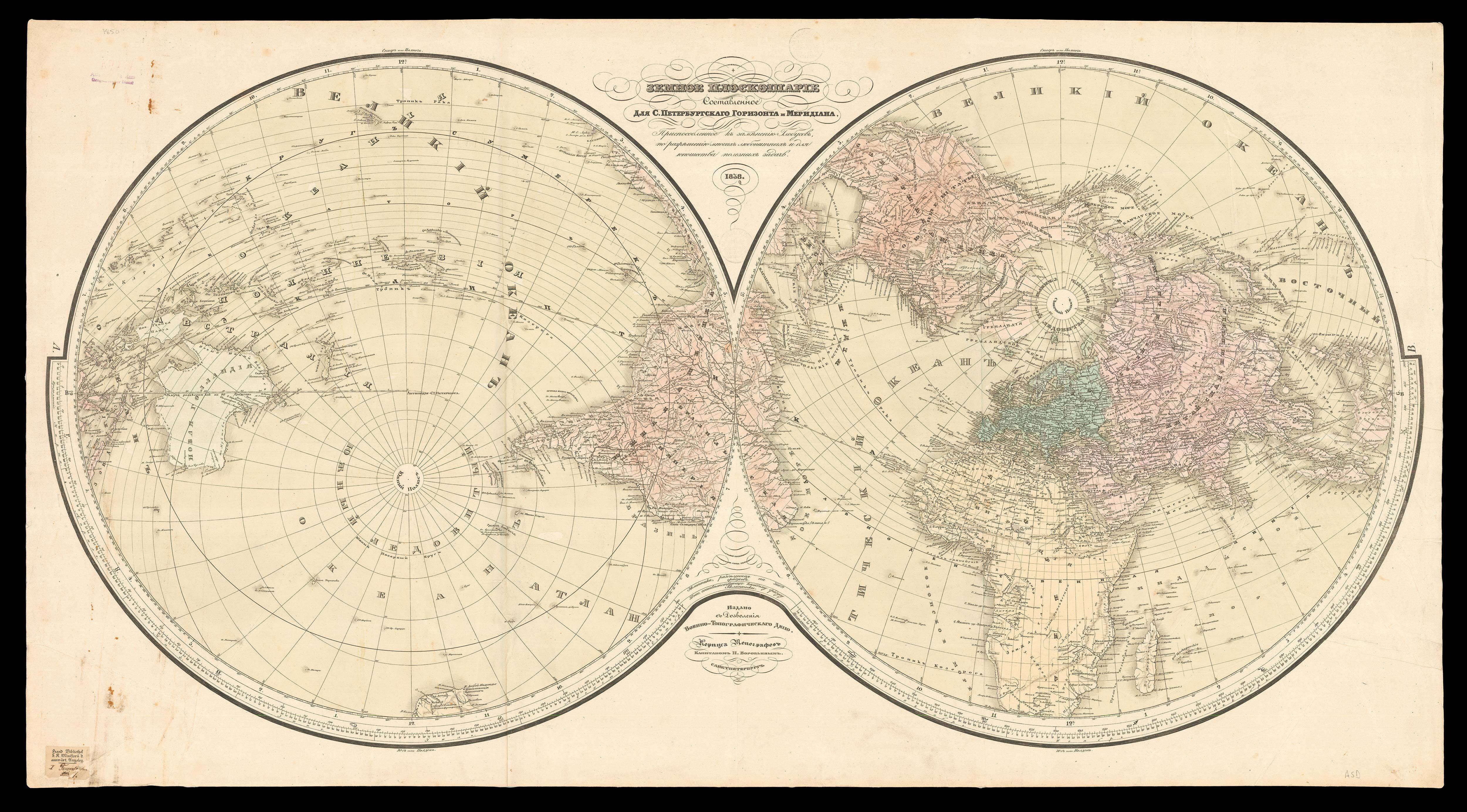

Nova, Et Integra Universi Orbis Descriptio.
- Author: FINE, Oronce
- Publication place: [Paris]
- Publisher: Orontius F. Delph.
- Publication date: 1531.
- Physical description: Woodcut map.
- Dimensions: 290 by 420mm (11.5 by 16.5 inches).
- Inventory reference: 1226
Notes
Oronce Fine’s rare and influential map of the world, upon a polar double-cordiform projection.
Oronce Fine’s double cordiform map of the world is one of the most striking and influential maps of the world published in the sixteenth century. First issued in 1531, it appeared in the 1532 Paris edition of Johann Huttich and Simon Grynaeus’s ‘Novus orbis regionum’, a collection of travel accounts that had also been published in Basel several months before.
The map is not only a visual delight but is also noteworthy for its cartographic content. It is the first printed world map based upon a double-cordiform polar projection, a form that would be much imitated by the likes of Mercator in 1538 and Salamanca and Lafreri a decade or so later. The right-hand or southern cordum shows the great southern land mass which Fine labels ‘Terra Australis recenter inventa, sed nondu[m] plene cognita’ (literally ‘southern land recently found, but not yet fully known’). Since Antarctica was not discovered until 1820 by the Russian Fabian Gottlieb von Bellingshausen, its inclusion has led more fanciful writers to suggest that Fine received information from residents of the lost city of Atlantis, or even aliens. The cordum also contains the Pacific, which Fine names ‘Mare magellanicum’, one of the first appearances of the explorer’s name upon a map. To the left-hand, or northern, cordum, America is resolutely attached to the easternmost part of Asia with the north pole being made up of four islands. The map is surrounded by beautiful and elaborate floral work with depictions of dragons, putti and mermaids.
The present example is the first state of the map, retaining Fine’s name in the lower cartouche. The second state, also dated 1531, includes the imprint of Hermannus Venraed, in place of Fine’s name, but retains the 1531 dating. In all there are six states of the map, dated 1536, 1540, 1541 and 1555 respectively. While all states are rare, the first edition of the map is especially desirable. The present example also bears good wide margins.
Bibliography
- Shirley 66.
 Rare Maps
Rare Maps  Rare Atlases
Rare Atlases  Rare Books
Rare Books  Rare Prints
Rare Prints  Globes and Planetaria
Globes and Planetaria 










